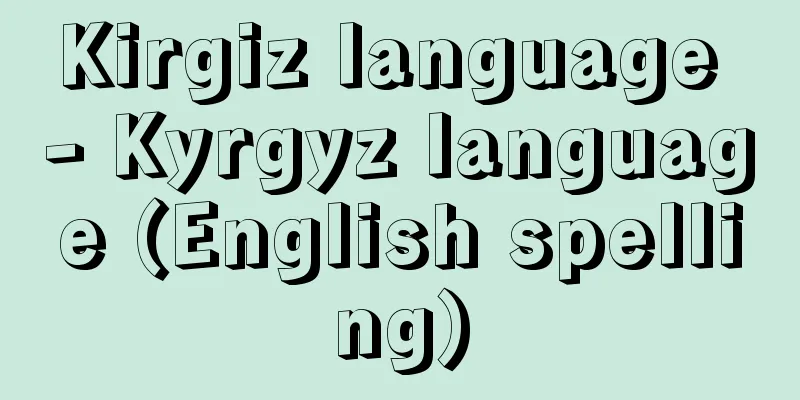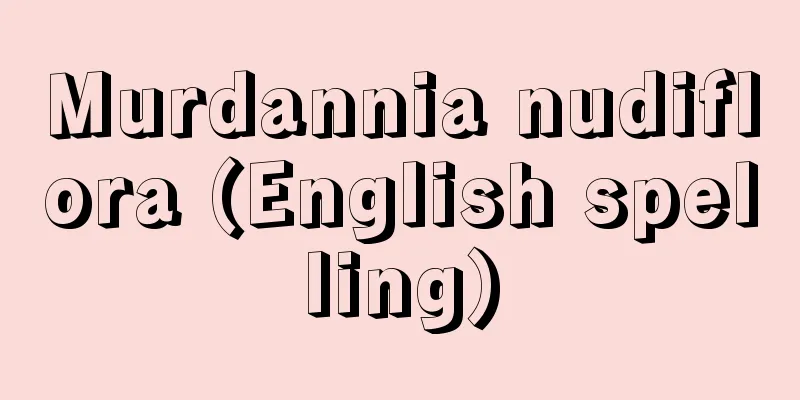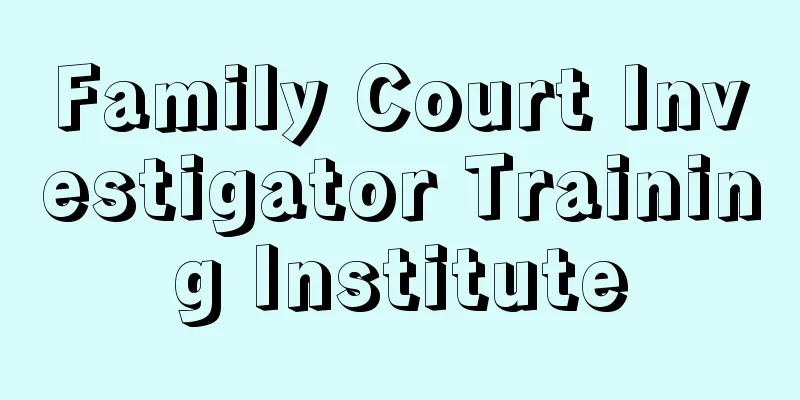Baltic languages - Baltic

|
A branch of the Indo-European language family. In addition to the two living languages Lithuanian and Latvian, the Baltic languages include five extinct languages: Old Prussian, Jatvingian, Curonian, Semigallian, and Seronian. Of these seven languages, only three have written records: Lithuanian, Latvian, and Old Prussian. The other four languages have no written records at all, so they can only be known by a few words and a few river names scattered in foreign language documents. Baltic belongs to the Satum group of Indo-European languages, along with Slavic, Indo-Iranian, Armenian, Albanian, etc., and is included in a different dialect group from the Centum group, which includes Greek, Latin, Germanic, Celtic, etc. Baltic also retains ancient characteristics that are comparable to those of ancient Greek and ancient Indian languages, providing indispensable valuable material for comparative Indo-European linguistics, although the appearance of written documents was relatively slow. First of all, Old Prussian has the oldest written sources among the Baltic languages, but the amount of documents is very small, and the following can be mentioned: [1] A German-Old Prussian wordbook created around 1400. It contains 802 Old Prussian words (and the same number of German words), but is not an original and is thought to be a copy. [2] The Simon Grunau Wordbook. This was created in the early 16th century by Simon Grunau (died about 1530) and contains 100 Old Prussian words (and the same number of German words). [3] Two catechisms published in 1545. These are translations of Luther's catechisms, but the translators are unknown. [4] Catechesis published in 1561. This book is a translation of Luther's Catechism by the rector Abel Will (c. 1515-c. 1575). Secondly, Lithuanian is a particularly important language from the perspective of comparative linguistics because it retains very ancient characteristics and is a living language, although only written documents from the 16th century onwards remain. The main ancient documents from the 16th and 17th centuries are listed below. [1] The Catechism, the oldest document in the Lithuanian language, published in 1547. It is a translation of Luther's Catechism by Martynas Mažvydas (died 1563). [2] The Catechism published in 1579. This is a translation of Luther's Catechism by Baltramiejus Vilentas (c. 1525-87), a cousin of Magyvidas. [3] Translation of the Bible by Jonas Bretkūnas (1536-1602) (1590). [4] The translation of the Catechism (1595) and the Catholic Prayer Book (1599) by Mikalojus Daukša (died 1613). [5] The publication of the Polish-Latin-Lithuanian dictionary by Konstantinas Širvydas (1579-1631). This was the first dictionary in Lithuanian, and it is now widely believed that it was published before 1620. [6] Publication of the first Lithuanian grammar book by Danielius Kleinas (1609-66) (1653). [7] A group of Lutheran and Calvinist clergymen translated and published the New Testament (1701), followed by a revised translation of the New Testament (1727). After that, not only religious texts but also dictionaries and grammar books appeared one after another, and outstanding poets and writers such as Kristijonas Donelaitis (1714-80) appeared, producing world-famous works. Finally, like Lithuanian, Latvian only retains documents from the 16th century onwards, but the oldest document in the language is a translation of a Catholic catechism published in 1585, followed by a translation of Luther's catechism in 1586. After that, the first Latvian dictionary, the Latvian-German dictionary, was published in 1638, and the first Latvian grammar book in 1644. A translation of the Bible was published a little later, in 1685. Generally, Latvian documents from the 16th and 17th centuries are mainly religious, but from the 18th century onwards, many literary works also began to appear. [Yano Michio] "Chr. S. StangVergleichende Grammatik der Baltischen Sprachen (1966, Universitetsforlaget, Oslo)" ▽ "Jānis EndzelīnsComparative Phonology and Morphology of the Baltic Languages, translated by William R. Schmalstieg and Benjaminš Jegers (1971, Mouton, The Hague, The Netherlands)" [References] | |Source: Shogakukan Encyclopedia Nipponica About Encyclopedia Nipponica Information | Legend |
|
インド・ヨーロッパ語族に属する一語派。バルト語にはリトアニア語、ラトビア語の二つの生きた言語のほかに、古プロイセン語、ヤトビンジア語、クロニア語、セミガリア語、セロニア語の五つの死語が属する。これら七つの言語のうち文献を残しているのは、リトアニア語、ラトビア語および古プロイセン語の三言語のみであり、他の四つの言語は、文献がまったく残っていないため、外国語文献中に散見される若干の単語や少数の河川名などによってわずかに知られうるにすぎない。 バルト語は、スラブ語、インド・イラン語、アルメニア語、アルバニア語などとともに印欧語のいわゆるサタム語群に属し、ギリシア語、ラテン語、ゲルマン語、ケルト語などの属するいわゆるケントゥム語群とは異なる方言群に含まれる。バルト語はまた、古代ギリシア語や古代インド語にも劣らぬほどの古い特徴をよく保持しているため、印欧語比較言語学にとって欠かしえない貴重な資料を提供するが、文献の出現は比較的遅い。 まず、古プロイセン語はバルト語のなかではもっとも古い文献を伝えているが、文献の量はごくわずかで、以下のようなものがあげられる。 〔1〕1400年ごろにつくられたドイツ―古プロイセン単語集。これは802の古プロイセン語の単語(と同数のドイツ語の単語)からなるが、オリジナルなものではなく、写本であると考えられている。 〔2〕シモン・グルナウの単語集。これは16世紀の初めにグルナウSimon Grunau(1530ころ没)によってつくられたもので、100の古プロイセン語の単語(と同数のドイツ語の単語)からなる。 〔3〕1545年に出版された二つの教義問答書。これらはルターの教義問答書の翻訳であるが、訳者は不明である。 〔4〕1561年に出版された教義問答書。本書は主任司祭アベル・ビルAbel Will(1515ころ―75ころ)によるルターの教義問答書の翻訳である。 次に、リトアニア語は非常に古い特徴を保持しており、かつ生きた言語であるため、比較言語学の観点からとくに重要な言語であるが、文献としては16世紀以後のものしか残されていない。 16~17世紀の主要な古文献を以下にあげる。 〔1〕1547年に出版されたリトアニア語最古の文献である教義問答書。これはマジビーダスMartynas Mažvydas(1563没)によるルターの教義問答書の翻訳である。 〔2〕1579年に出版された教義問答書。これは、マジビーダスの従兄弟(いとこ)であるビレンタスBaltramiejus Vilentas(1525ころ―87)によるルターの教義問答書の翻訳である。 〔3〕ブレトクーナスJonas Bretkūnas(1536―1602)による聖書の翻訳(1590)。 〔4〕ダウクシャMikalojus Daukša(1613没)による教義問答書の翻訳(1595)とカトリック祈祷(きとう)書の翻訳(1599)。〔5〕シルビーダスKonstantinas Širvydas(1579―1631)によるポーランド―ラテン―リトアニア語辞典の出版。これはリトアニア語最初の辞典であり、最近では1620年以前に出版されたとする説が強い。 〔6〕クレイナスDanielius Kleinas(1609―66)によるリトアニア語最初の文法書の出版(1653)。 〔7〕ルター派とカルビン派の聖職者の一団による『新約聖書』の翻訳出版(1701)。『新約聖書』の改訳出版(1727)。以後、宗教的文献だけでなく、辞典類や文法書などが次々に現れ、またドネライチスKristijonas Donelaitis(1714―80)のような優れた詩人や作家も出て、世界的に有名な作品も生まれるようになった。 最後に、ラトビア語もリトアニア語同様、16世紀以後の文献しか残していないが、ラトビア語最古の文献は、1585年に出版されたカトリックの教義問答書の翻訳であり、ついで1586年にルターの教義問答書の翻訳が現れた。その後、ラトビア語最初の辞典であるラトビア―ドイツ語辞典が1638年に、またラトビア語最初の文法書が1644年にそれぞれ出版された。聖書の翻訳出版はすこし遅れて1685年のことであった。一般に16~17世紀におけるラトビア語の文献は宗教関係のものが主であるが、18世紀以降は文学作品なども多く現れてくる。 [矢野通生] 『Chr. S. StangVergleichende Grammatik der Baltischen Sprachen(1966, Universitetsforlaget, Oslo)』▽『Jānis EndzelīnsComparative Phonology and Morphology of the Baltic Languages, translated by William R. Schmalstieg and Benjaminš Jegers(1971, Mouton, The Hague, The Netherlands)』 [参照項目] | |出典 小学館 日本大百科全書(ニッポニカ)日本大百科全書(ニッポニカ)について 情報 | 凡例 |
<<: Spring and Shura - Haruto Shura
Recommend
Truck farming
This type of agriculture is located far from marke...
Hallenkirche (English spelling)
Architectural term. Also called hall church. A typ...
Monks - Bouzushu
A status of monks in medieval and early modern Jap...
Abstract - chusho (English spelling)
It is a mental action of isolating and extracting...
Katori Uohiko - Katori Nahiko
A Japanese scholar and poet of the mid-Edo period...
Allowance for uncollectible accounts
This is an account item that is set up to show th...
Metaplastic polyp
...This type of removal using an endoscope can be...
Otakabe - Otakabe
…They were government officials and their duties ...
Vologda (English spelling)
Vologda is the capital of Vologda Oblast in northw...
Josephus, Flavius
[Born] 37/38. Jerusalem Died around 100. Roman Jew...
Kamimichi Hitatomi - Kamimichi no Hitatomi
Year of death: Jingo Keiun 1.9 (767) Year of birth...
Nergal - Nergal (English spelling)
In Mesopotamian mythology, Nergal is the god of t...
Suzuki Umetaro
Agricultural chemist and nutritional chemist. Bor...
Crime of endangering traffic
This is a crime that causes danger to train operat...
vicar
...The general assembly of parishioners is called...









